
Before the reorganization, the city had 118 public service units in the health sector, many of which operated in a scattered, small-scale manner with resources spread out. After the review, the City implemented a plan to reduce the number of units to 114, and restructure them in a streamlined and efficient manner.
Specifically, 17 units have their regular expenditures guaranteed by the budget, 45 units are partially self-sufficient, 45 units are completely self-sufficient, and 7 units are autonomous in both regular and investment expenditures.
According to Associate Professor, Doctor, Doctor Tang Chi Thuong, Director of the City Health Department, the arrangement of public health facilities is carried out on the principle of merging units with similar functions, changing names or streamlining the organization to avoid overlapping tasks, while ensuring compliance with the two-level urban government model.
One of the outstanding examples of the effectiveness of this policy is Tu Du Hospital, Facility 2 in Can Gio Commune, which has just officially come into operation according to Decision No. 2567/QD-UBND dated November 7, 2025.
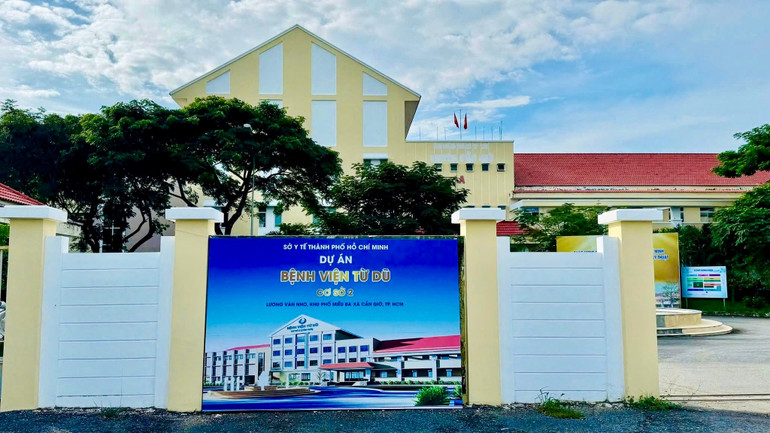
This is an unprecedented new model, formed according to the professional linkage mechanism between Tu Du Hospital, the city's leading obstetrics and gynecology hospital, and grade 1 general and specialized hospitals such as: Le Van Thinh Hospital, City Children's Hospital, Ear, Nose and Throat Hospital, Eye Hospital, Dermatology Hospital, Traditional Medicine Hospital, Rehabilitation - Occupational Disease Hospital and 115 Emergency Center.
Tu Du 2 Hospital is deployed on the basis of the infrastructure of Can Gio Regional Medical Center, operating as a 300-bed general hospital model with full specialties of internal medicine, surgery, obstetrics, pediatrics, traditional medicine, rehabilitation...
The goal is to bring specialized medical services closer to people in remote areas, helping to reduce unnecessary referrals, save time and travel costs, and improve emergency and on-site treatment capacity.
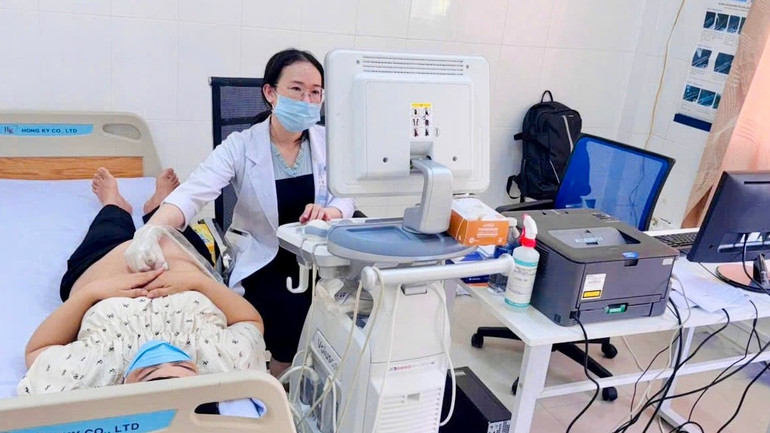
Doctor Tran Ngoc Hai, Director of Tu Du Hospital, affirmed: "Putting the second facility in Can Gio into operation not only expands the hospital's service scope but also demonstrates the spirit of leaving no one behind in the City's health sector."
Representatives of some hospitals participating in the association and coordination at Tu Du 2 Hospital said that the new model should require participating hospitals to coordinate closely from the beginning to ensure professional duties as well as demonstrate the responsibility of city doctors to the community.
Not stopping at Can Gio, the Ho Chi Minh City Department of Health is continuing to expand the model of the second facility of the leading specialized hospitals to the areas of Ba Ria and Vung Tau wards, where the need for specialized health care is increasing rapidly.
The Department has proposed using the land of Le Loi Hospital (old) to establish the second facility of Hung Vuong Hospital and the land of Ba Ria Hospital (old) to form the second facility of the Oncology Hospital.
According to the Department of Health, the implementation of this plan is in line with the current planning and development orientation of the health network, and will help reduce the load on end-line hospitals in the city center.

At the same time, the city's health sector also merged and consolidated units with similar functions, typically Saigon General Hospital merged into Gia Dinh People's Hospital, Ba Ria-Vung Tau Traditional Medicine Hospital and Pham Huu Chi Hospital merged into the upper level to increase professional efficiency.
In particular, the Thu Duc City Social Security Center was dissolved after completing its tasks during the Covid-19 pandemic, demonstrating a spirit of streamlining but efficiency in management.
At the grassroots level, all 38 district and Thu Duc City health centers have been transferred to the Department of Health, forming regional health centers to provide health care for inter-ward and commune areas.
The City Department of Health aims that by 2027, all commune and ward health stations will become complete public service units, with adequate human resources, facilities, and online connections with higher levels to deploy remote medical examination and treatment (telemedicine).
In the field of preventive medicine, the city also merged 3 Centers for Disease Control (Ho Chi Minh City, Binh Duong and Ba Ria Vung Tau) into the Ho Chi Minh City Center for Disease Control, an important step towards forming a modern, unified disease surveillance system and rapid response to public health situations.
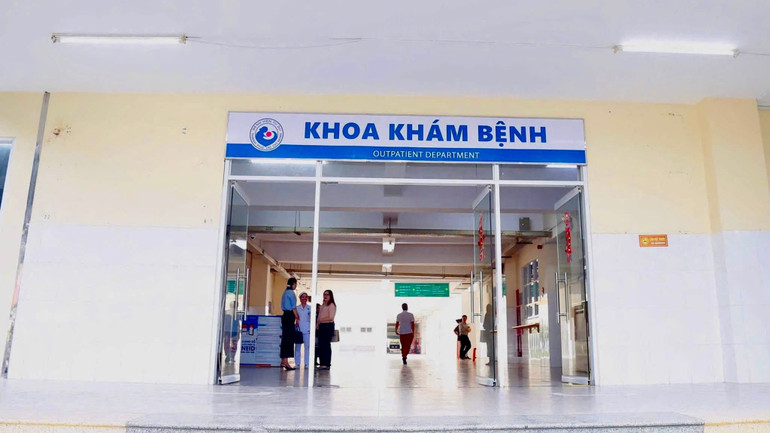
Furthermore, it is also a fundamental preparation step for a new development stage of the City's healthcare sector with digital transformation, medical data interconnection, medical tourism development and smart healthcare.
From the initial results, the Ho Chi Minh City health sector is showing that the arrangement, streamlining and reasonable expansion of the public health network helps optimize resources, increase connectivity between levels, especially ensuring that all people, whether in the center or remote areas, have access to high-quality, equitable and timely health services.
Source: https://nhandan.vn/thanh-pho-ho-chi-minh-tinh-gon-hieu-qua-he-thong-y-te-cong-lap-post922828.html






![[Photo] Deep sea sand deposits, ancient wooden ship An Bang faces the risk of being buried again](https://vphoto.vietnam.vn/thumb/1200x675/vietnam/resource/IMAGE/2025/11/13/1763033175715_ndo_br_thuyen-1-jpg.webp)








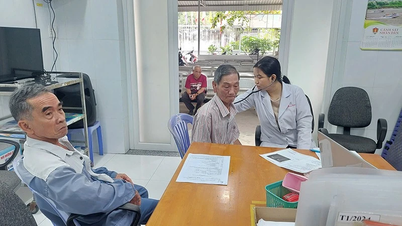





![[Video] National Assembly passes Resolution on socio-economic development plan for 2026](https://vphoto.vietnam.vn/thumb/402x226/vietnam/resource/IMAGE/2025/11/13/1763042781533_2-9043-png.webp)




![[Video] 24-hour news on November 13, 2025: General Secretary To Lam inspects the implementation status of Long Thanh Airport Project](https://vphoto.vietnam.vn/thumb/402x226/vietnam/resource/IMAGE/2025/11/13/1763038878491_img-5714-jpg.webp)







































![[Photo] Panorama of the 2nd Vietnam-Cambodia Border Defense Friendship Exchange](https://vphoto.vietnam.vn/thumb/402x226/vietnam/resource/IMAGE/2025/11/13/1763033233033_image.jpeg)
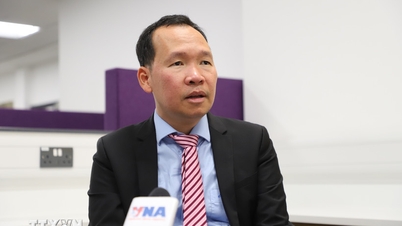



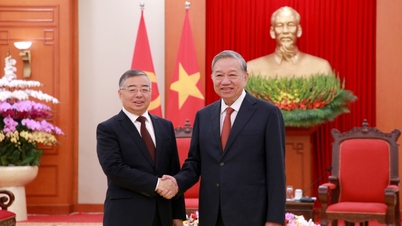




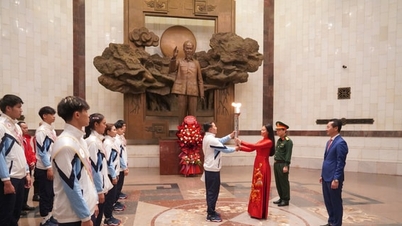








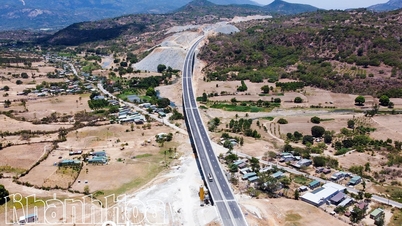




![Dong Nai OCOP transition: [Article 3] Linking tourism with OCOP product consumption](https://vphoto.vietnam.vn/thumb/402x226/vietnam/resource/IMAGE/2025/11/10/1762739199309_1324-2740-7_n-162543_981.jpeg)







Comment (0)